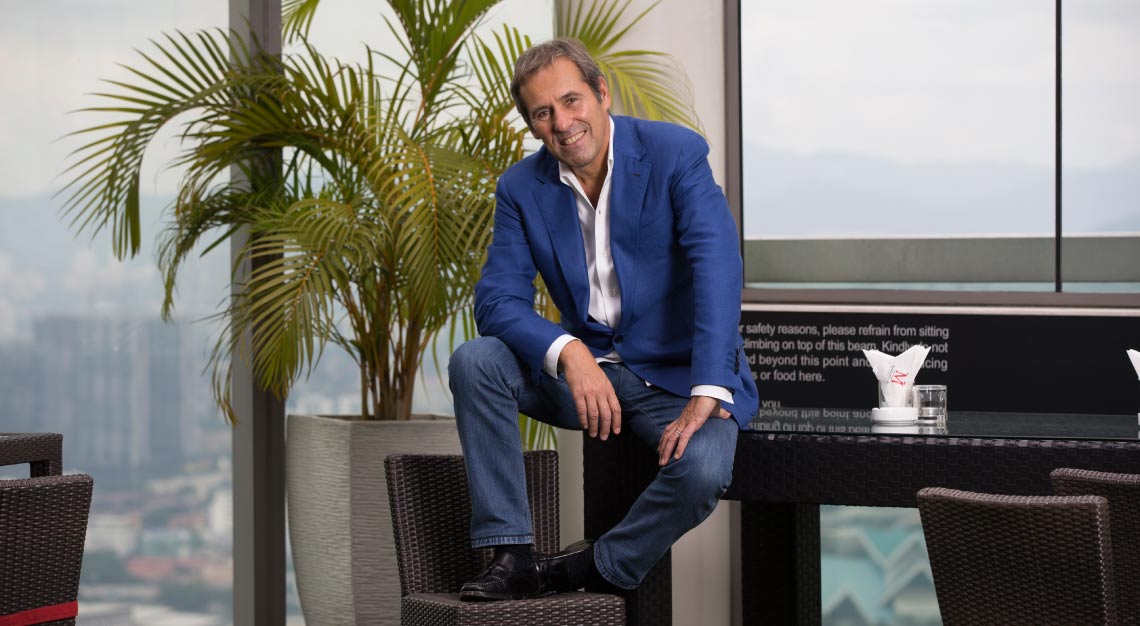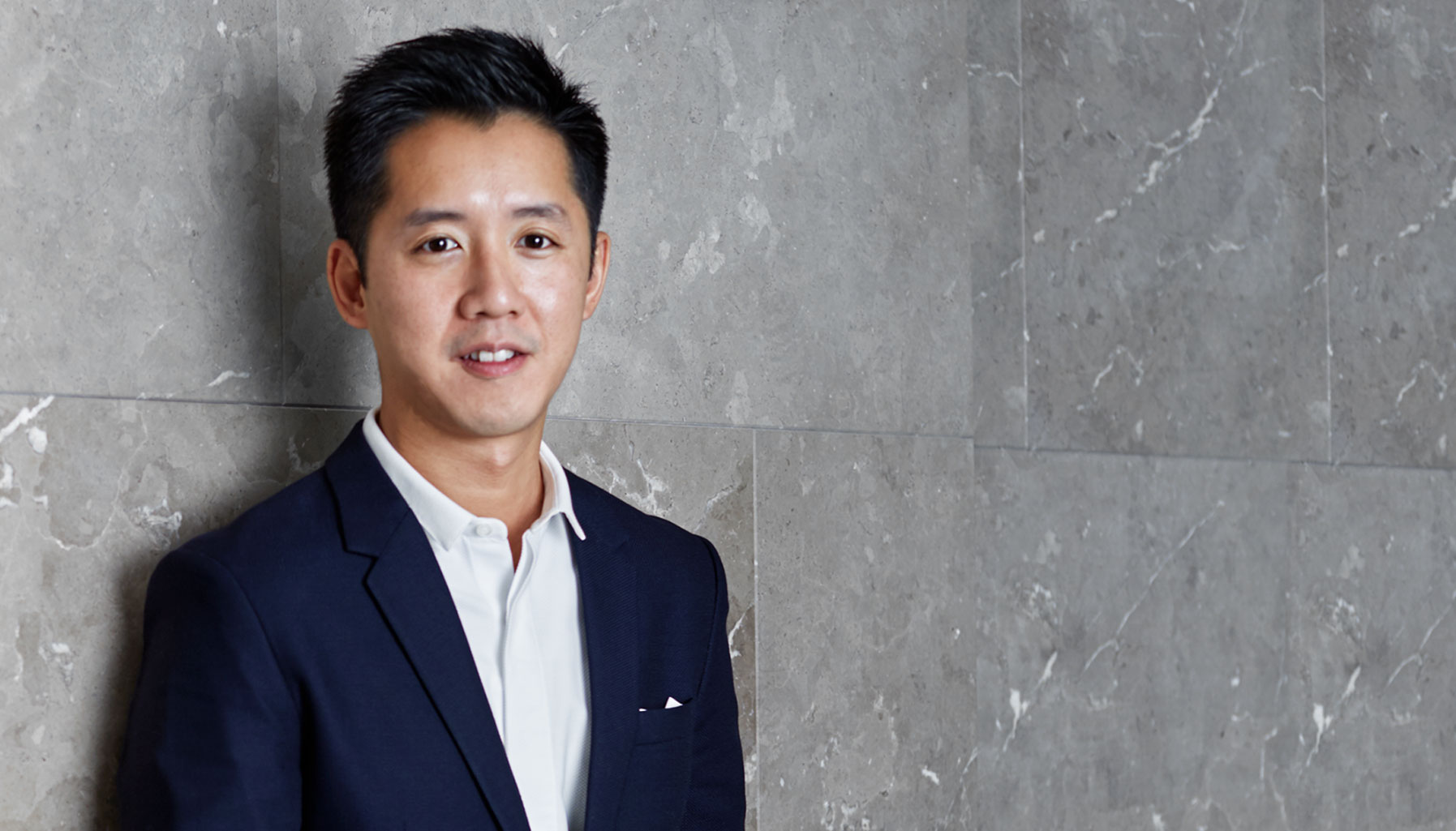Meet André Fu, Bill Bensley and the whole gang of dream weavers
These designers have helped radically change the way we spend quality time away from home. Staying in a luxurious hotel is about so much more than the thread count of sheets or the view from the pool. Today it is about embracing an exotic heritage or enjoying the sense of place a new location offers.
While 20 years ago, luxury hotels were primarily designed based on functionality, design has moved toward more ‘thoughtful’ accommodation, adapting to our current diverse lifestyles and luxury destinations have much more ‘personality’ – think bespoke pieces instead of cookie-cutter furniture designs.
Our five celebrated designers have worked for some of the most luxurious hospitality brands, each bringing their unique flair to create memorable places to create a lasting impression.

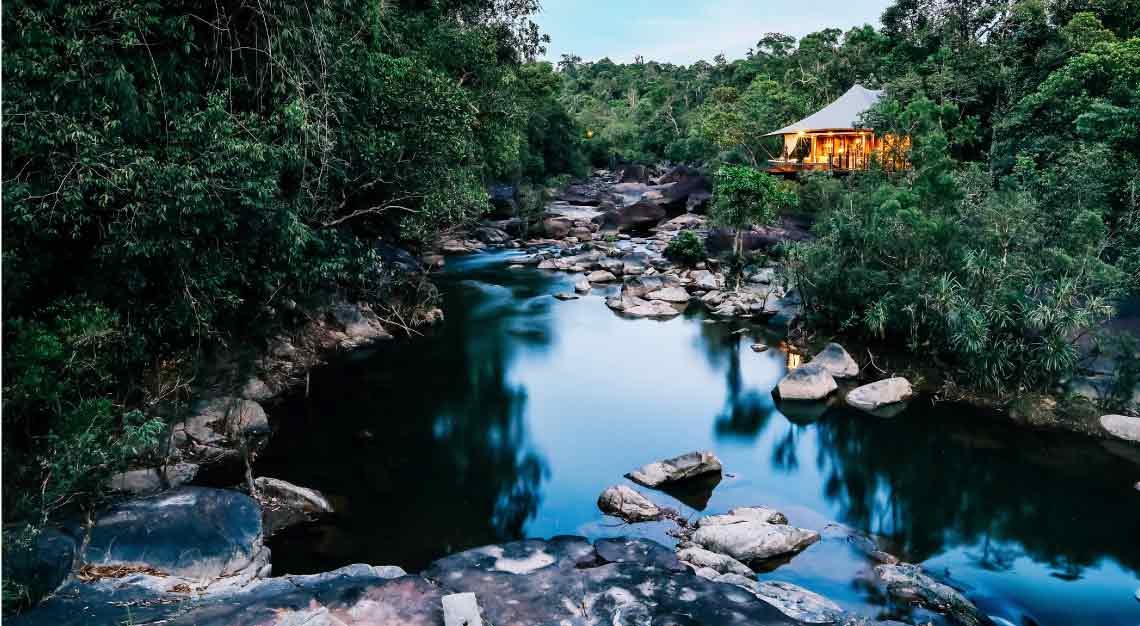
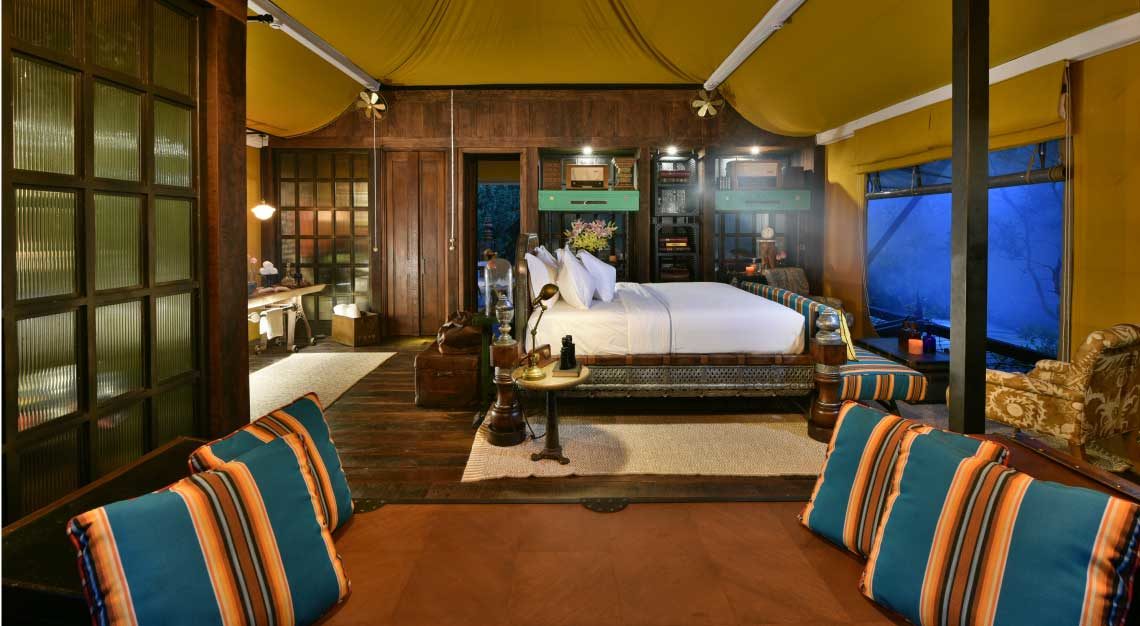
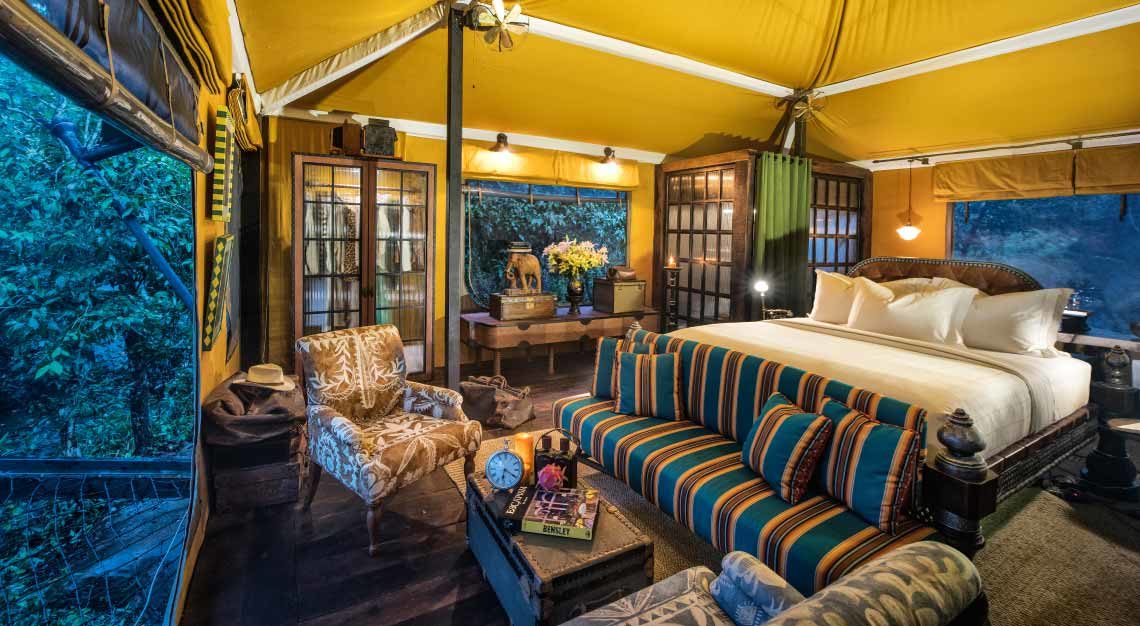
The Storyteller: Bill Bensley
Where Bill Bensley goes, others follow. The designer has been credited with redefining the luxury hotel resort experience in Southeast Asia. His Four Seasons Tented Camp Golden Triangle in Thailand (2006), an all-inclusive jungle camp, launched the trend for luxurious tented camps and was voted the number one hotel in the world three years in a row by Condé Nast Traveler’s readers.
While in the early part of his career, Bensley saw hotels as theatrical stages to transport guests into a world of exotic luxury, he’s now very much focused on creating memorable experiences while championing sustainability. “My wheelhouse is migrating from architecture to the designing of experiences… and they tend to be those that I would love to do myself,” he says.
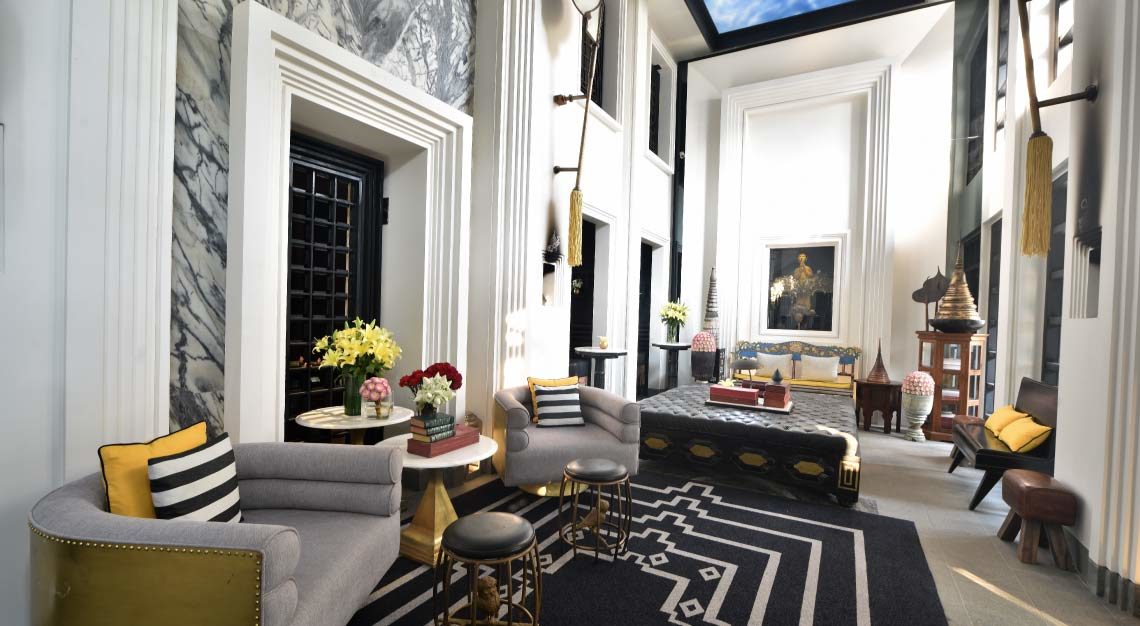
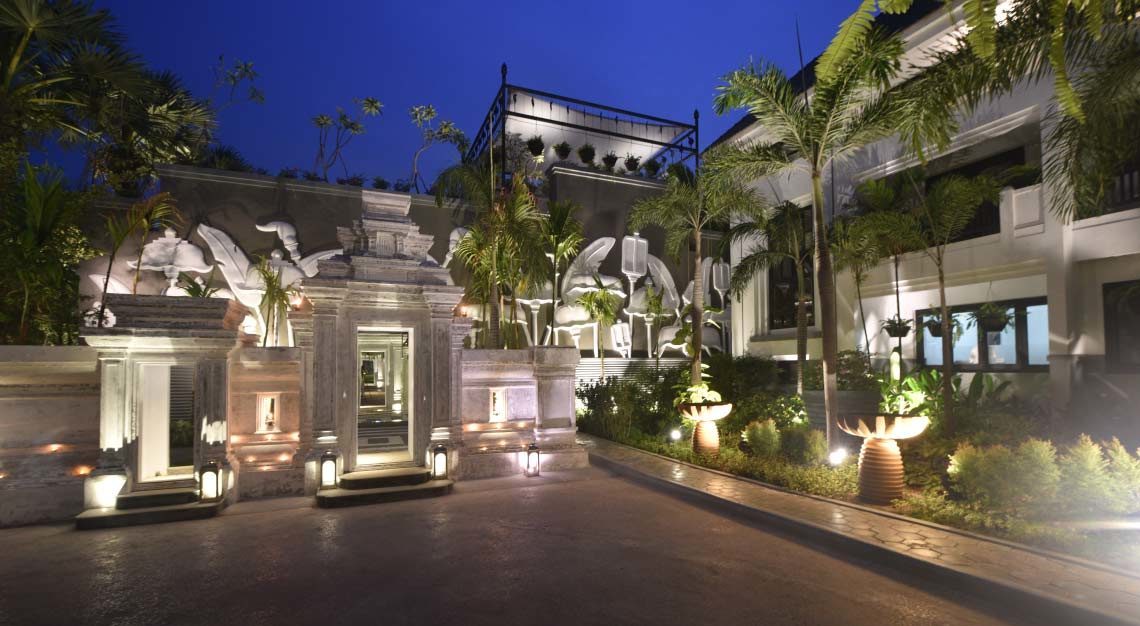
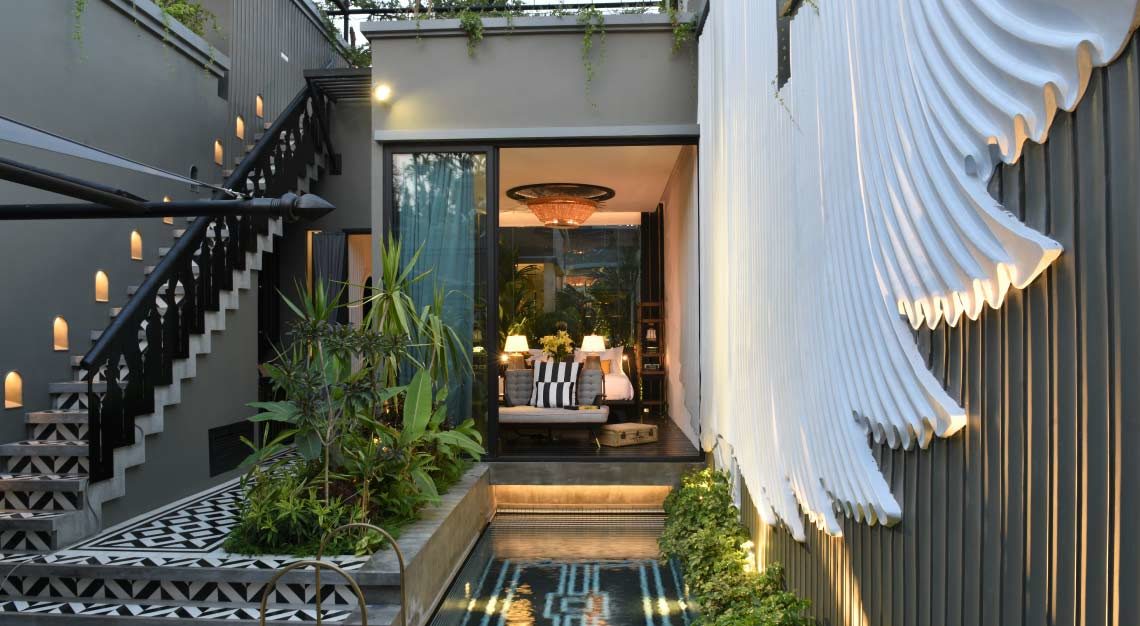
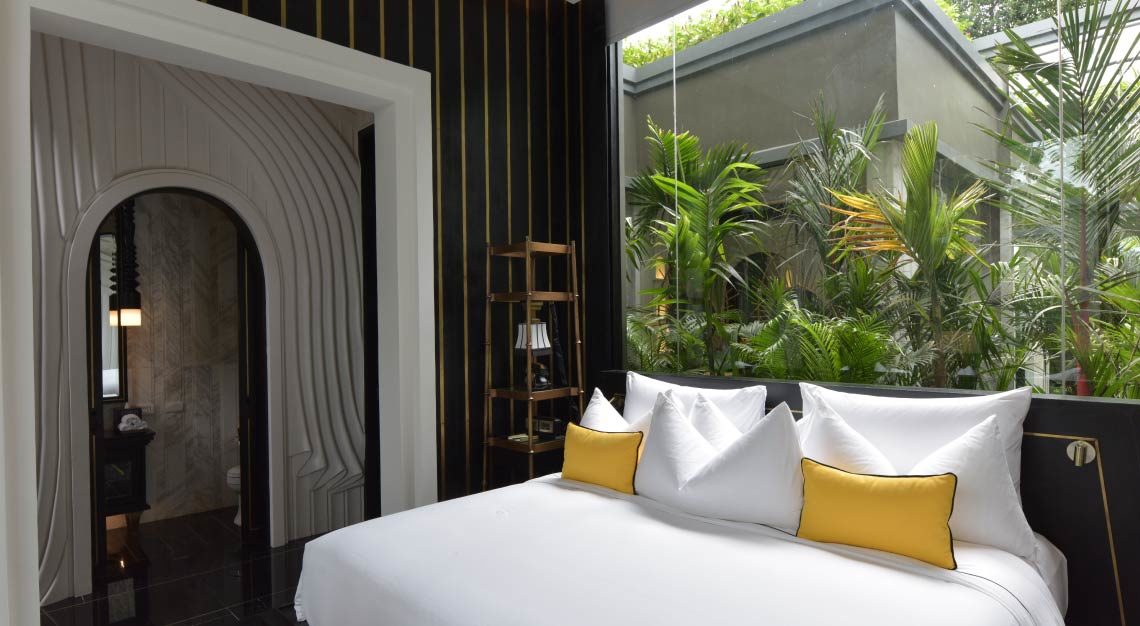
Take the recent Bensley Collection – Shinta Mani Wild, a luxurious 15-tent camp deep in the Cambodian rainforest designed as a place of exploration and learning, that includes opportunities to join Wildlife Alliance rangers on anti-poaching patrols. Showcasing his usual playfulness, the designer has added a 380m zip line through the forest canopy and over a river and waterfalls to the landing zone bar as a unique way to enter the camp.
Even after designing more than 200 hotels and resorts around the world, Bensley is still brimming with ideas. The Bangkok-based designer is working on creating a new travel experience in a UNESCO-protected wilderness park near Guangzhou where guests will stay a minimum of three nights: the first over an estuary in a stilted water villa, then travelling on a luxury houseboat with a butler and a cook to arrive at a refurbished Ming Dynasty village with courtyard houses where guests spend the third and remaining nights. He is currently working on upcycling railway carriages for the new Hill Station, Khao Yai, Nakhonratchasima in Thailand, which he believes could be “the next big fad after tents”.
“I live by the simple idea that if it’s not fun then don’t do it. Instinctively I am the very curious sort that wants to stay hungry and young,” he muses, adding he finds inspiration in his rich travel experiences, from swimming with pink porpoises and piranhas in the Amazon to running after herds of yak on the Russian-Mongolian border or dancing with the natives in Fiji.
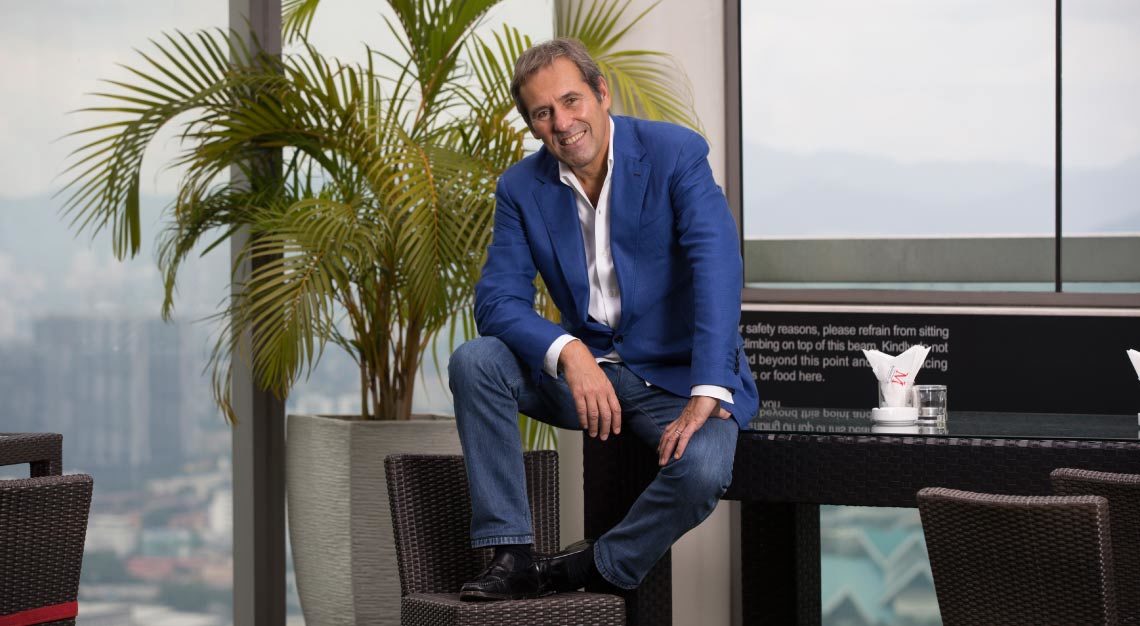
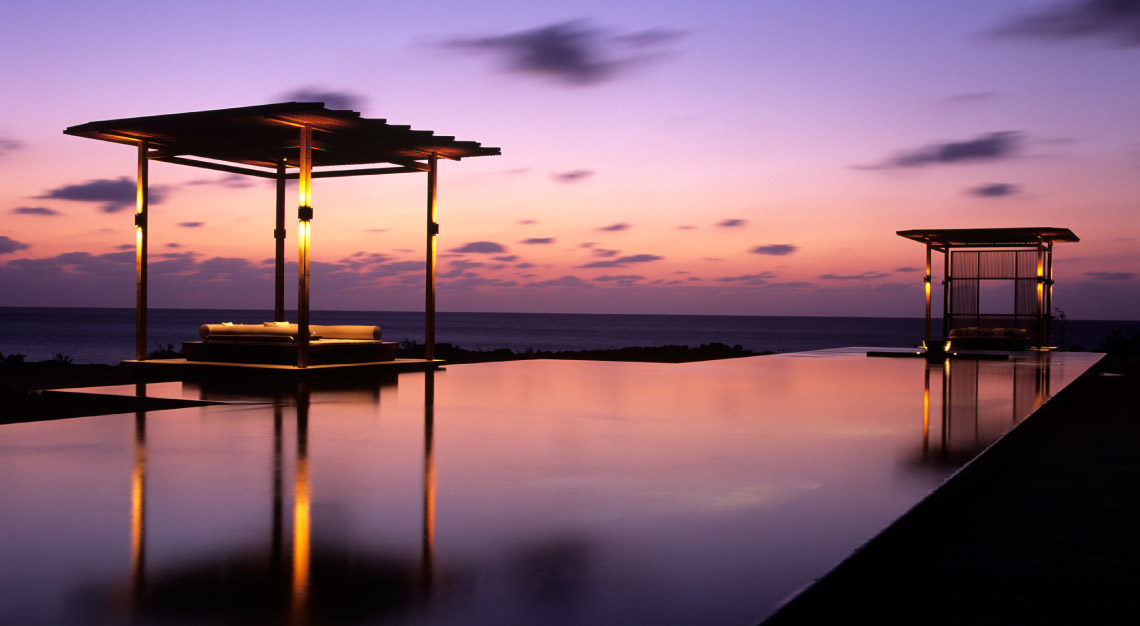
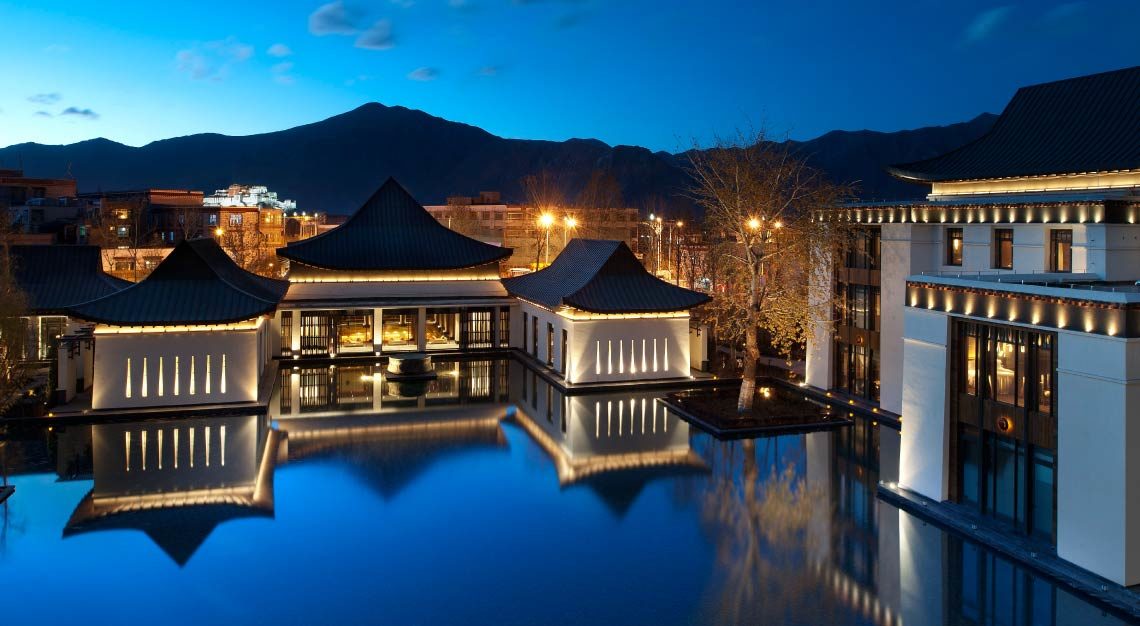
The Romantic: Jean-Michel Gathy
Every time Jean-Michel Gathy travels, which is almost every week, he sends flowers to his wife. The renowned architect and interior designer readily acknowledges romance is his “biggest weakness”. But what he sees as a flaw is for many a quality that he has applied with flair to his designs for luxury hotels and resorts around the world. Whether it is in the wraparound outdoor decks with netted hammocks suspended over water or the outdoor showers, Gathy has put romance at the heart of his design.
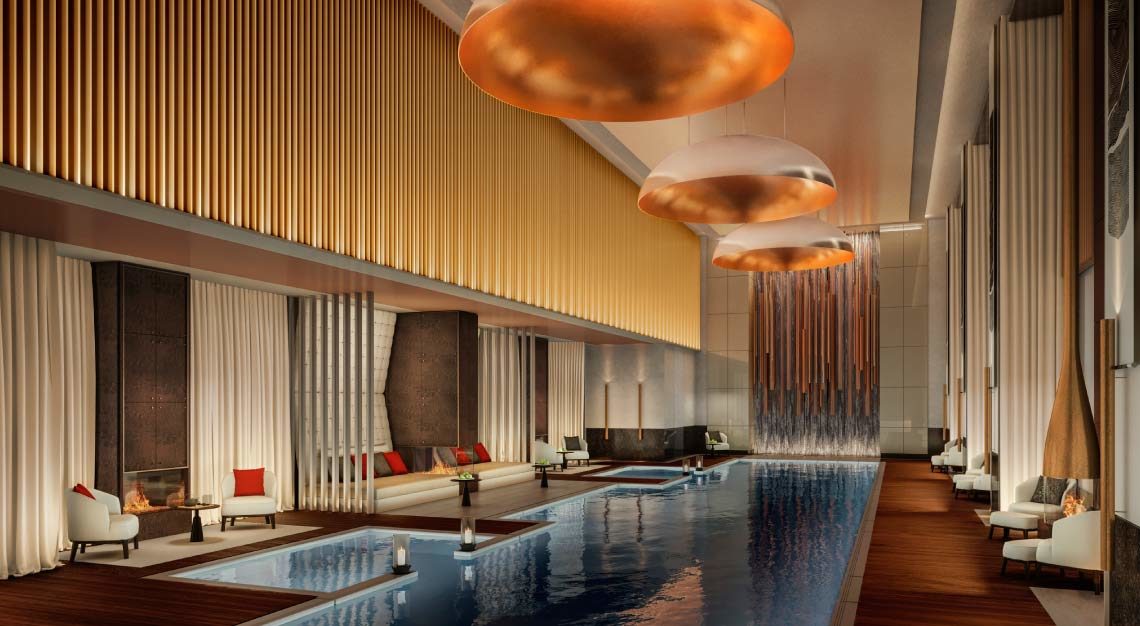
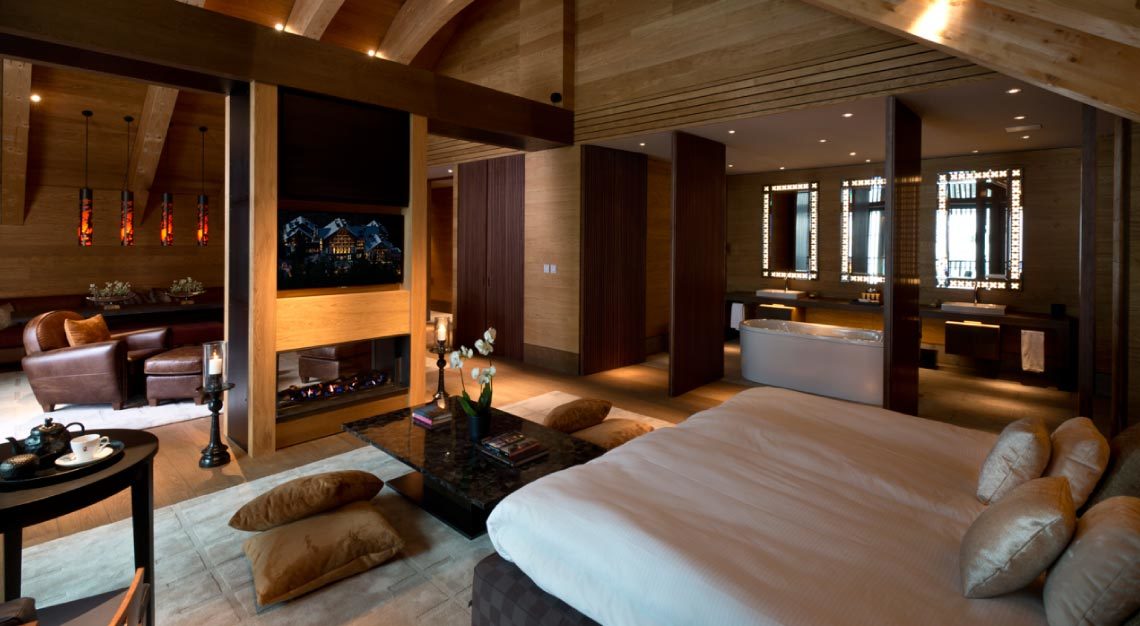
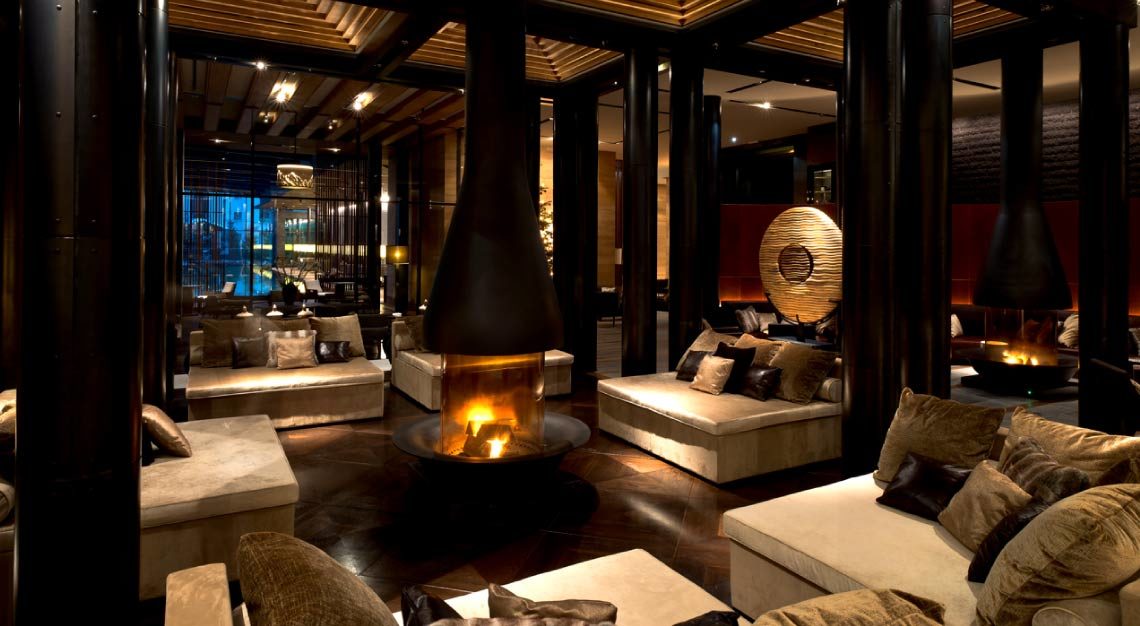
“To me, romance is not in an object; having a chandelier over the table is not romance, that is decor. Romance is an emotion which you feel in accordance with your physical and psychological environment. It is what surrounds you,” muses the Kuala Lumpur-based, Belgium designer, adding: “I design lifestyles. I do not design hotels.”
Gathy starts every project with hand-drawn sketches and images. “What comes out from your hand is what comes out from your heart. Eventually, that is where the soul for every project comes from. That is what romance is all about, something that touches your heart.”
Gathy believes the soul of the property is key, adding its expression will depend on the location. “For example, when you design a hotel in Singapore, the soul will probably be intimacy, you will need to play with what you have, such as lighting and colours. As for (a location in) the mountains, it will all be in the materials. For the countryside, the view towards the river or horses will be considered romantic. Every venue requires different approaches in order to be given a soul.”
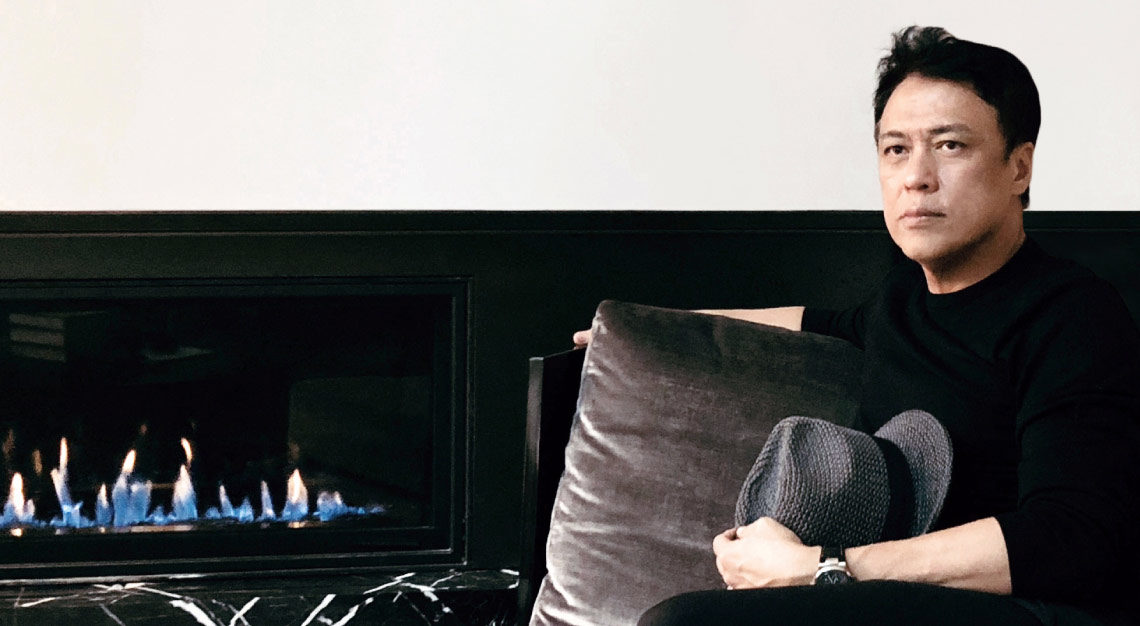
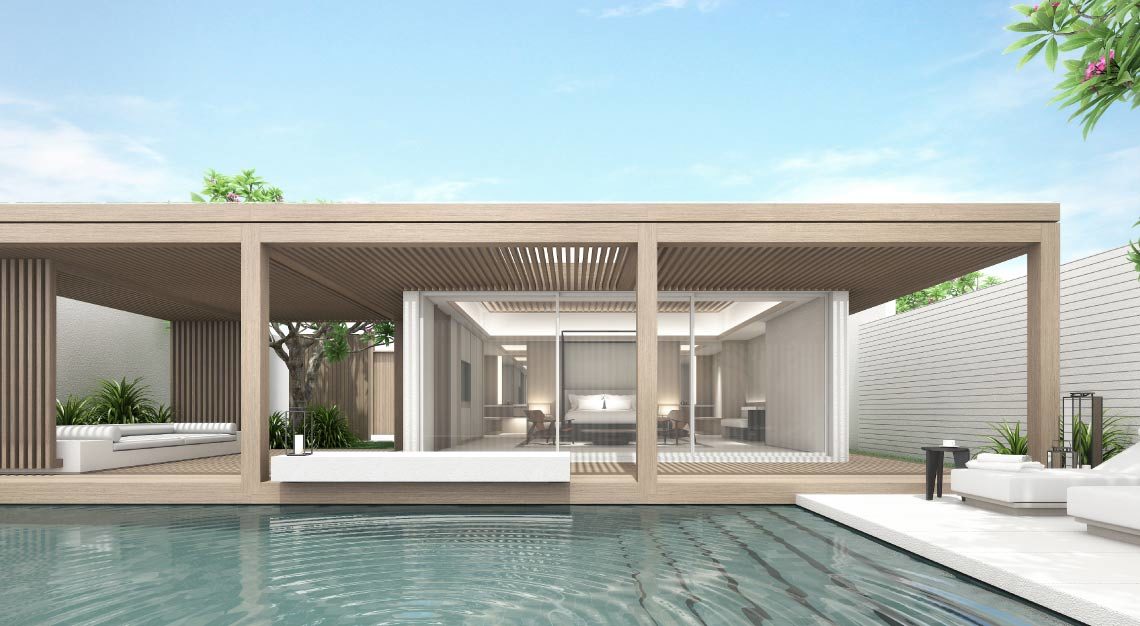
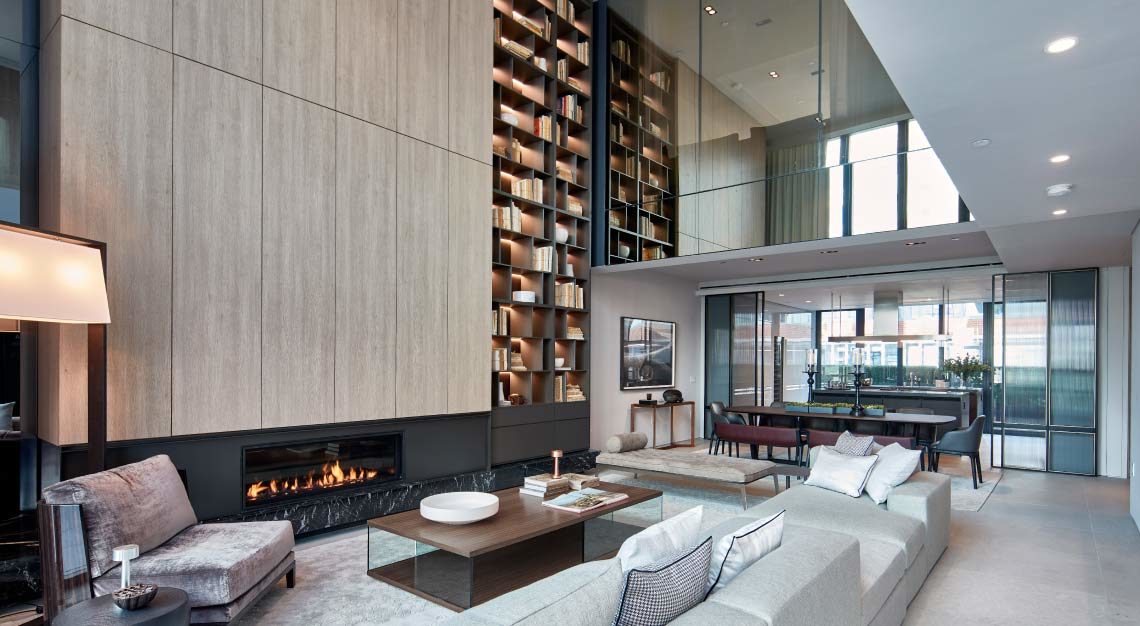
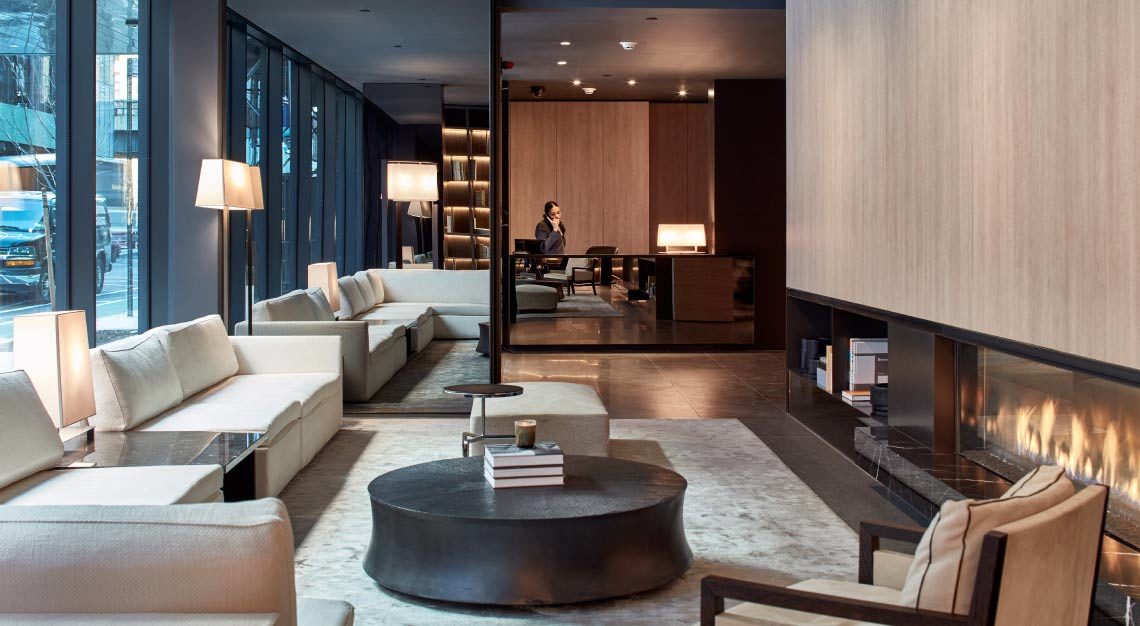
The Choreographer: Chan Soo Khian
Be it in Bali, Sanya or the Maldives, Chan Soo Khian strives to capture the essence of a location in his architectural designs while carefully respecting the environment and local culture. With interior courtyards and sliding glazed doors connecting living spaces to lush gardens, his clean-line designs blur the distinction between interior and exterior with his hotels exuding a cool, modern feel.
“Engaging the elements and an integrated design approach has always been key. Beyond that, I’m interested in choreographing spaces to be experienced sequentially to give a sense of tranquillity for the guest,” the Singapore-based architect explains.
Chan and SCDA Architects, the architectural firm he founded in 1995, rose to pre-eminence with distinctive, understated reinterpretations of traditional tropical architecture.
In recent years, the architect has also been a strong proponent of sustainable design, trying to minimise the environmental footprint of his buildings while striving to make them greener.
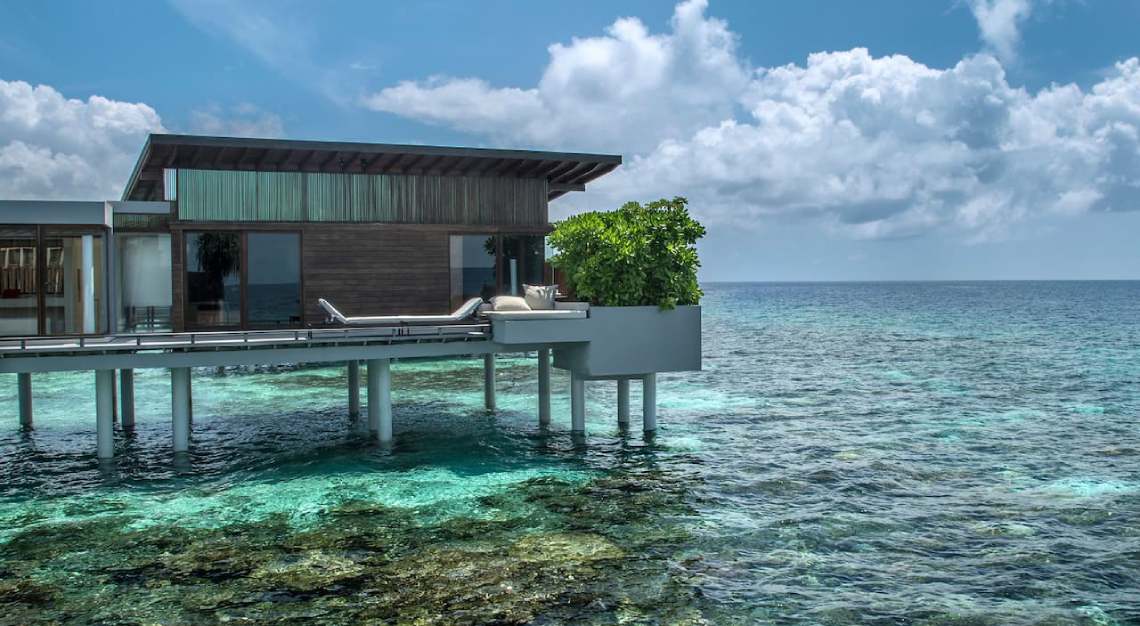
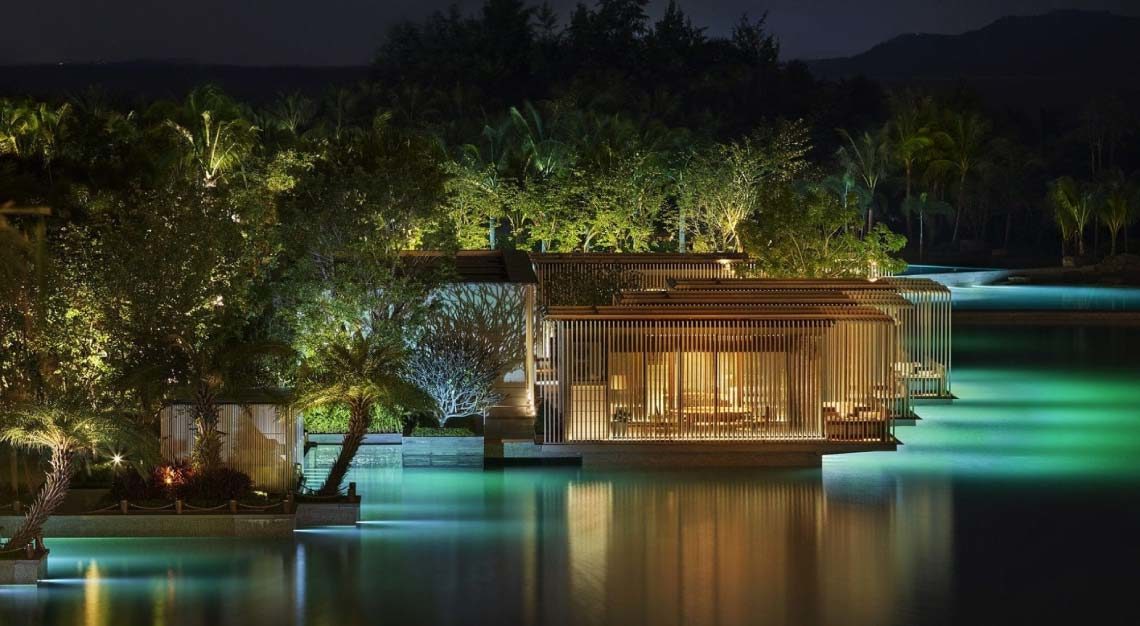
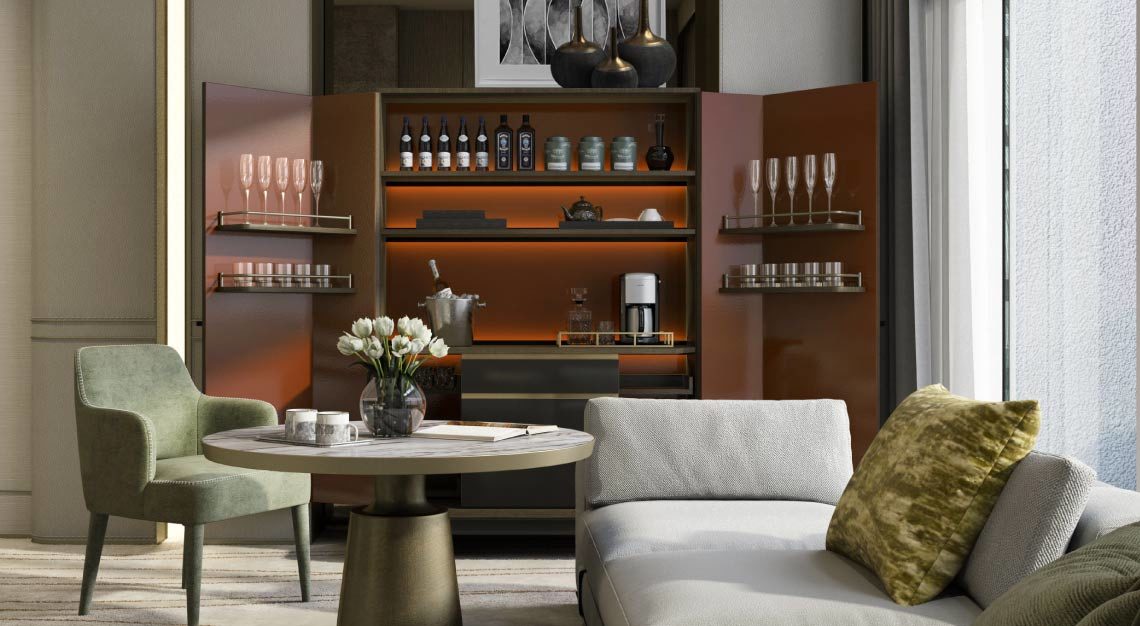
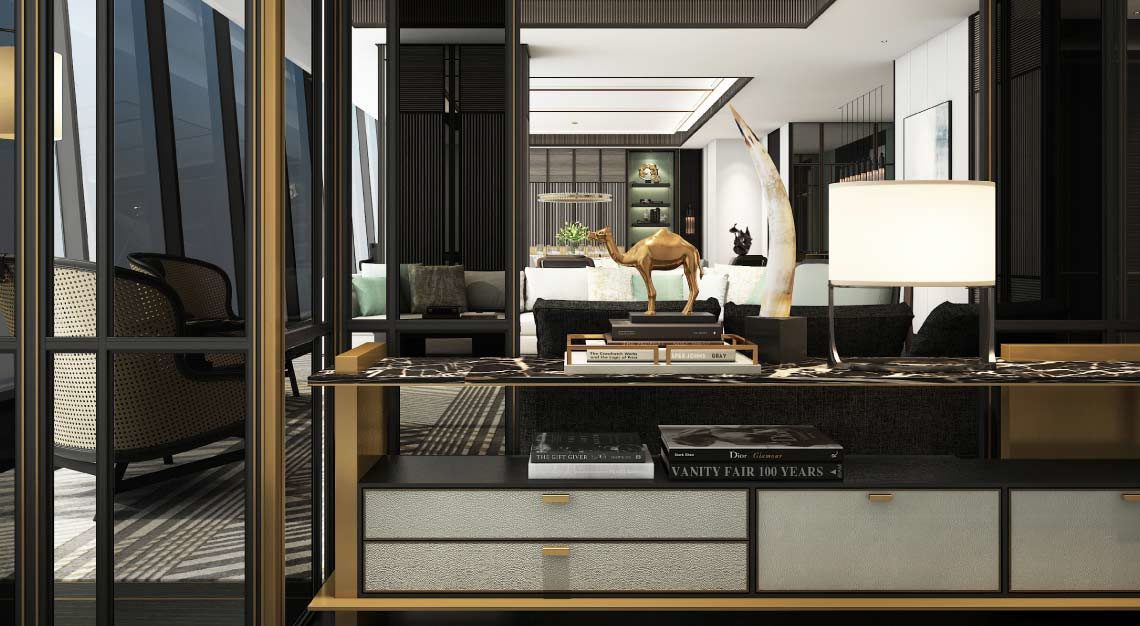
For example, the construction method he designed to support sea villas at Park Hyatt Maldives ensured the preservation of corals, which helped the resort clinch the Maldives’ first Green Globe certification for Building, Planning and Design Standard in 2005. More recently, Soori Bali, which he manages and owns, was also designed with sustainability in mind. The resort is constructed with locally sourced materials, such as Paras Kelating, a light grey volcanic stone, that help it blend in with its surroundings.
“A hotel needs to relate to the demands of its programme, the site and its cultural references. More so if it is a resort hotel. I look to the historical or vernacular references for architecture; and for interior design I often look at the traditional craft and material palette of its indigenous art,” he says. Yet he manages this with a modern twist, describing his designs as “not stylistically Asian”.
Chan says he is “interested in vernacular and classical architecture that emphasises formal order and well-defined outdoor spaces. There are many lessons that can be derived from the spatial vocabulary of traditional architecture: craft, spatial order, hierarchy and scale. In the end it is about what touches the human experience.”
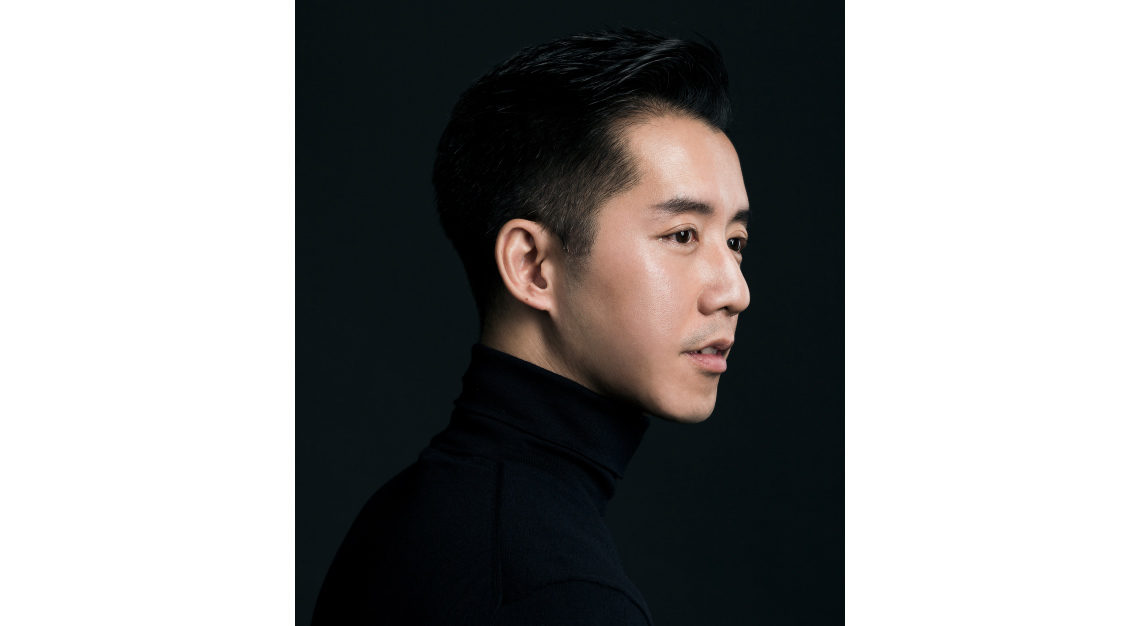
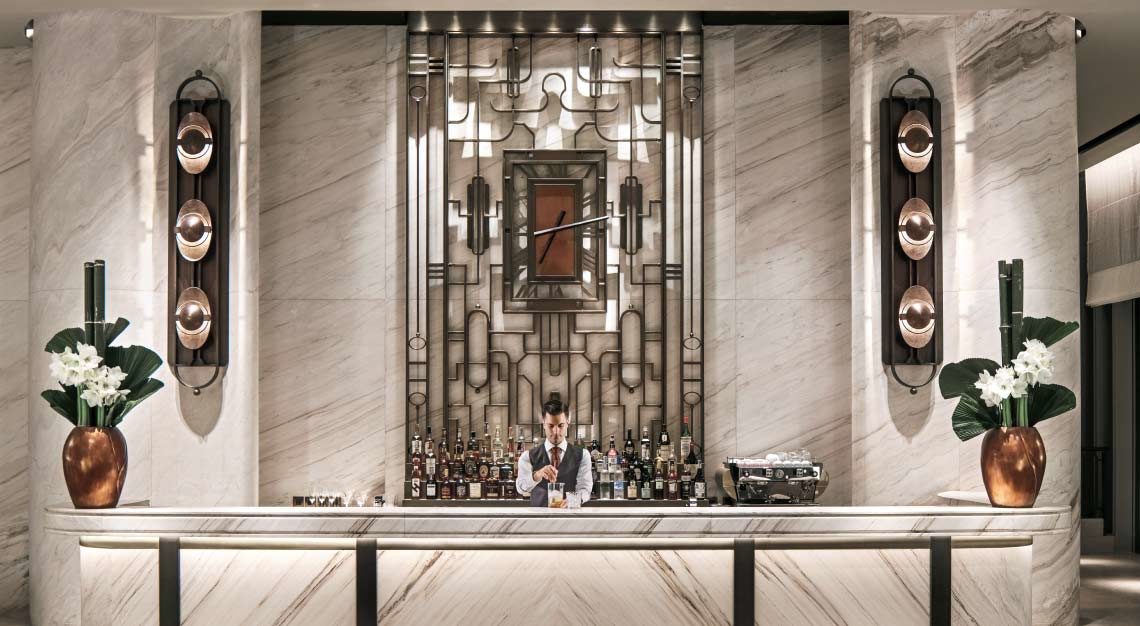
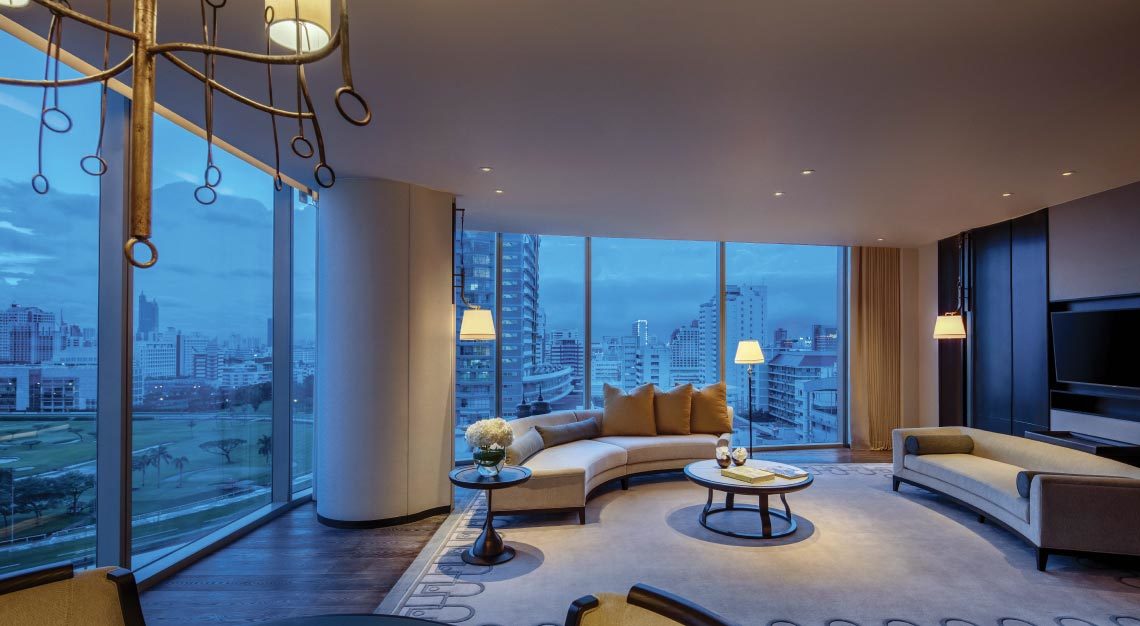
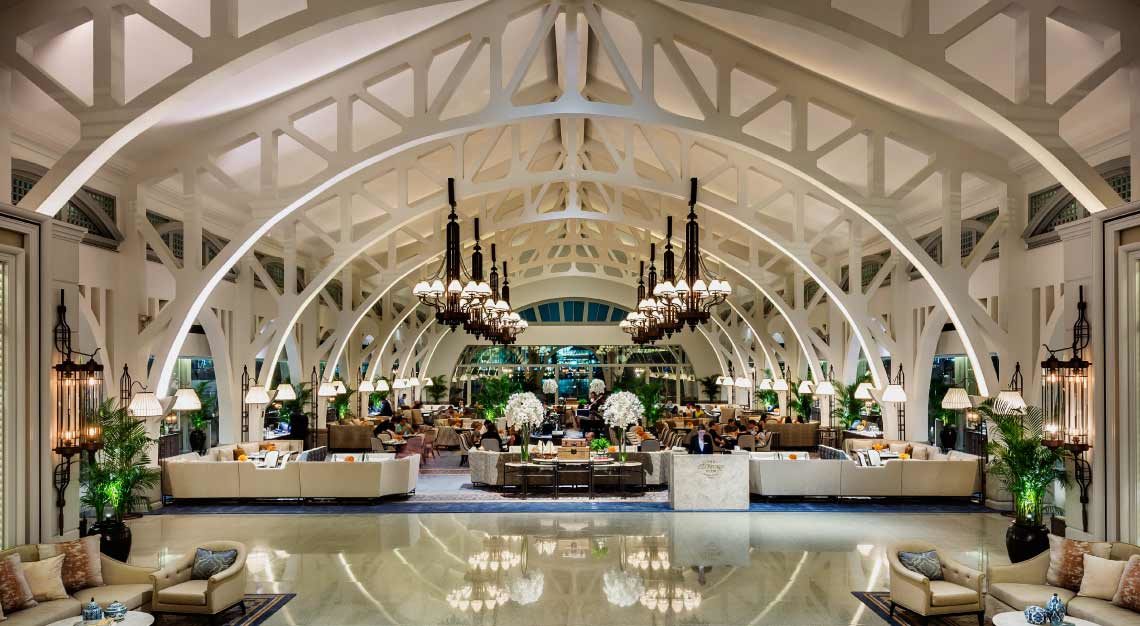
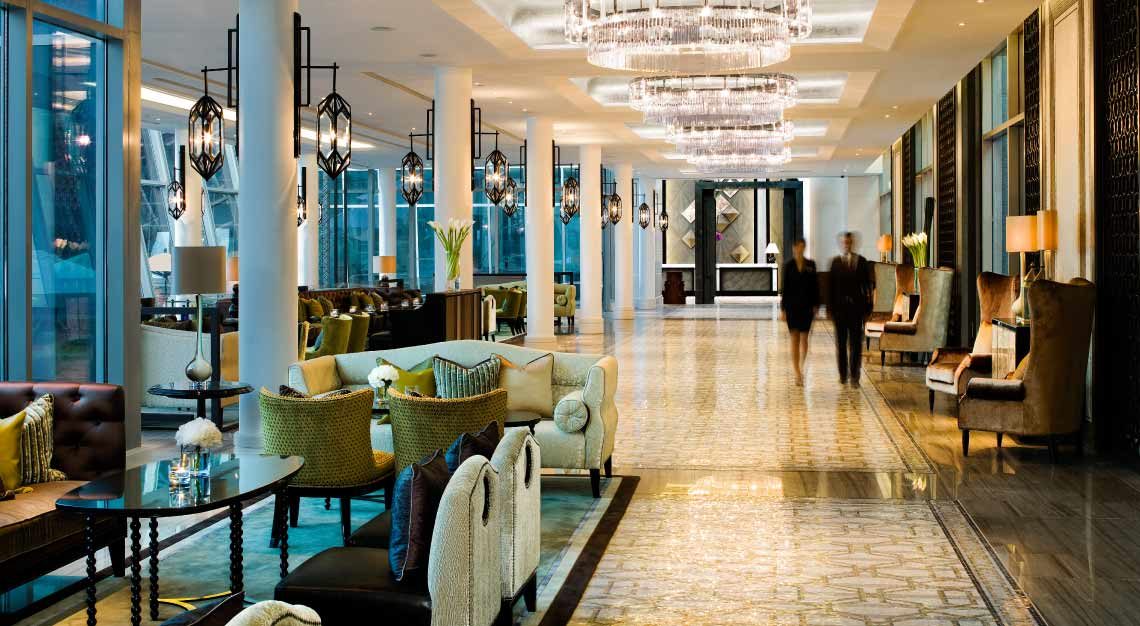
The Zen Master: André Fu
It’s been 10 years since André Fu formulated his relaxed luxury ethos for The Upper House, the boutique urban hotel much lauded for its serene contemporary atmosphere in the middle of bustling Hong Kong. Since then the interior designer has created a range of luxurious hotels that often incorporate his elegant Zen-approach with heritage stories arching back to the elegance of a bygone area – think The Fullerton Bay Hotel in Singapore, Waldorf Astoria in Bangkok, and The St Regis in Hong Kong.
In these last 10 years, luxury hospitality tastes have evolved tremendously, remarks Fu, adding: “I recall when a five-star property in Asia would typically be over 300 rooms and multiple dining venues, complete with chandeliers and ornate carpets. The rise of standalone restaurants, a change in lifestyle patterns and the evolution of social media have prompted an era of evolution.
“Though reluctant to label his aesthetics or design approach, Fu says his projects are linked by a “sense of intimacy and elegance” as well as a “sense of comfort, the feeling of tactility and the way each experience embraces a sense of cultural nuances”.
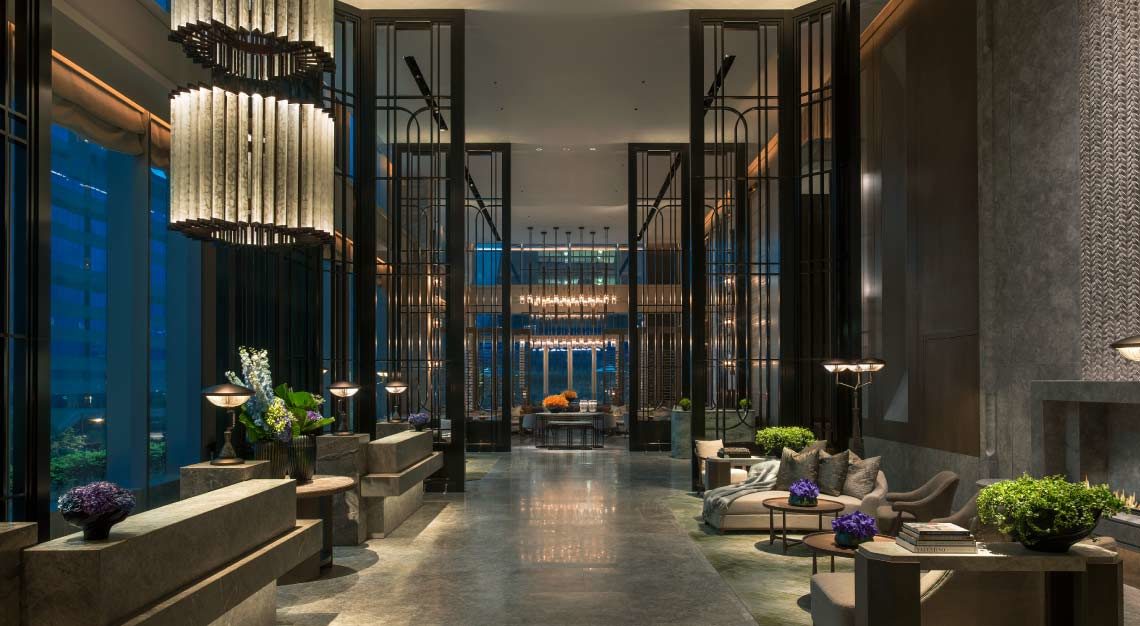
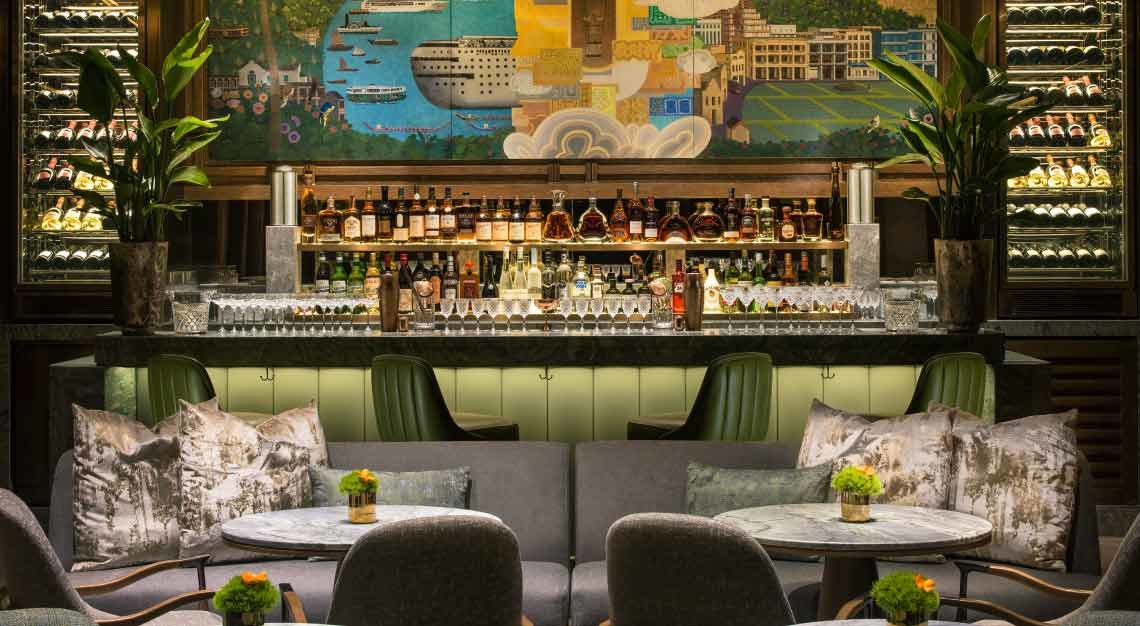
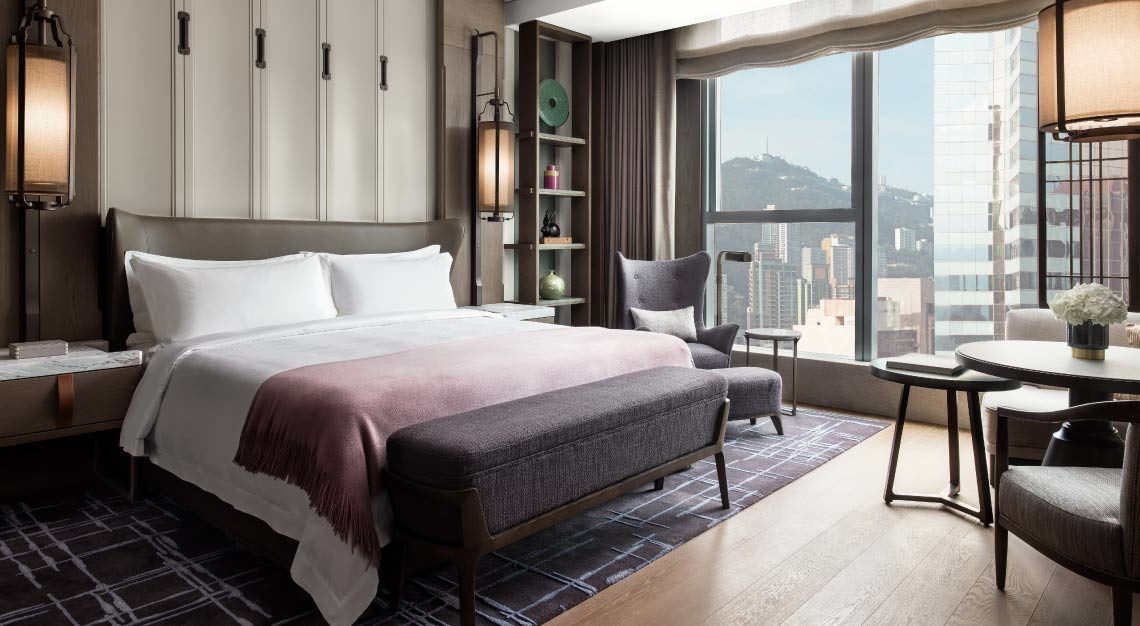
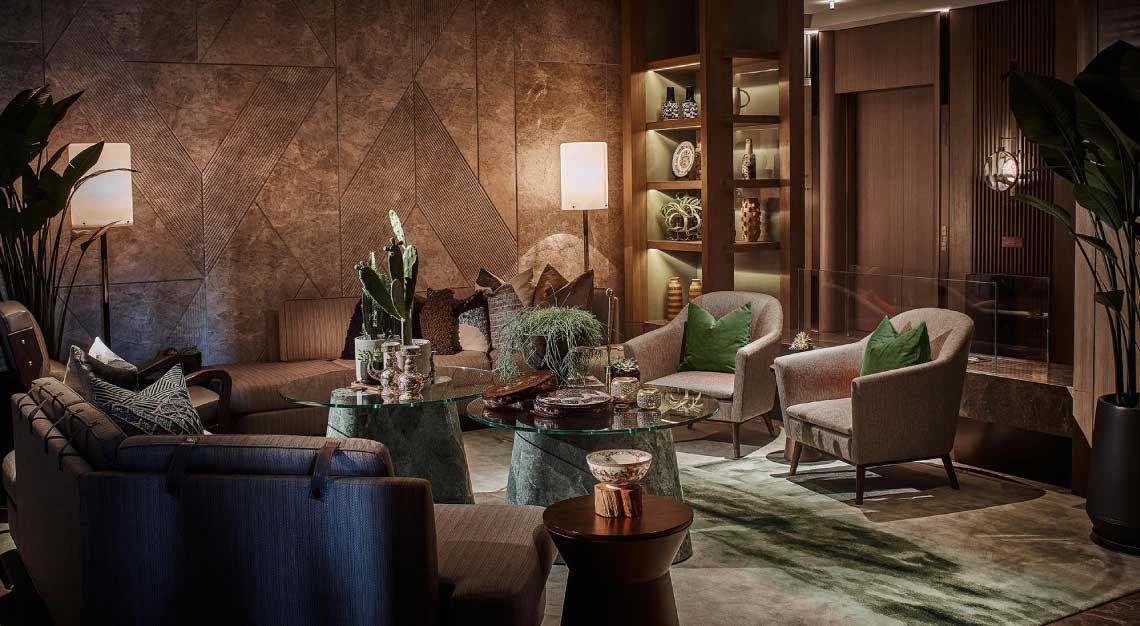
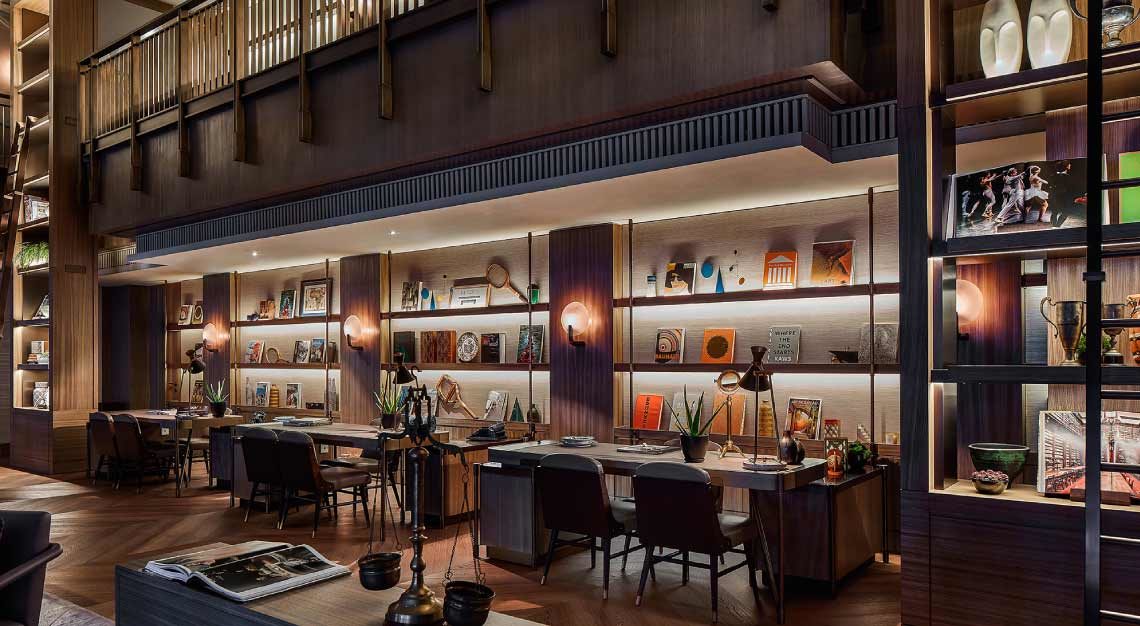
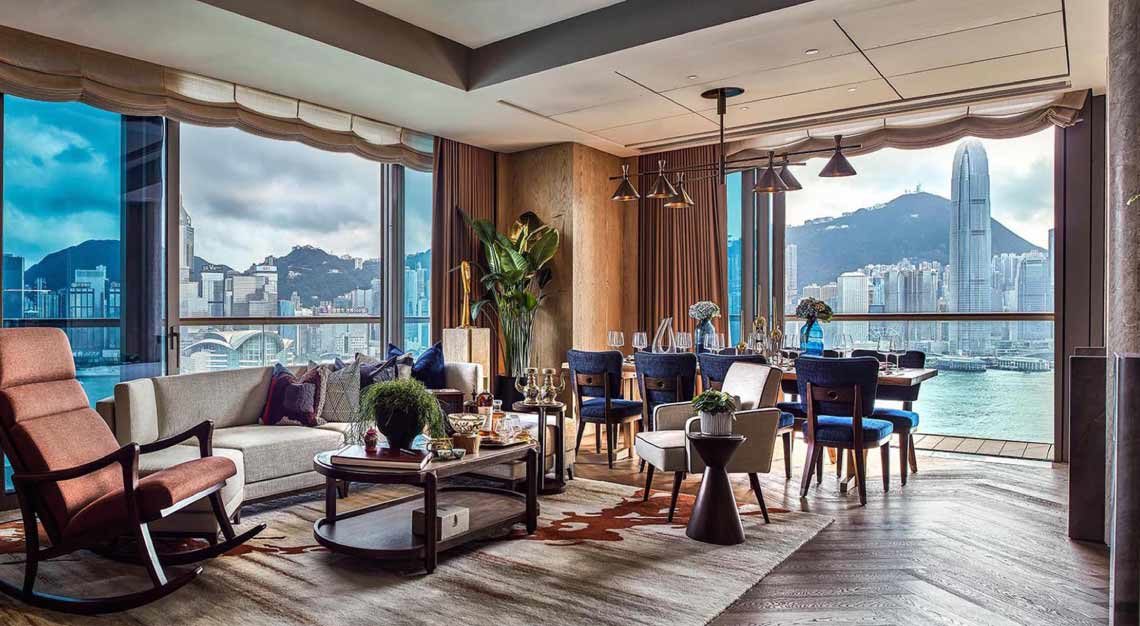
Fu believes it is critical to incorporate a sense of place as he believes a hotel is a key window to the world surrounding guests. His design for Waldorf Astoria Bangkok, for example, which opened in 2018, came from his reflection on many artisanal aspects of Thai culture, which he juxtaposed against art deco motifs inspired by the original Waldorf Astoria New York to evoke the quintessential Waldorf Astoria experience.
In a perfect, but fortuitous, timing to celebrate the 10-year anniversary of his first hotel in Hong Kong, Fu has just opened K11 Artus, which aims to reshape the serviced apartment experience with a mix of retro-modernist furnishing, subtle oriental decorative touches and museum-quality art.
Going forward, the designer believes hotel design will focus on creating experiences that are “authentic in spirit”.
“I am hopeful the industry shall not create designs for sheer social media’s sake, but to return to the essence of creating a mere background that focuses on guest experience with a specific narrative in mind, simply,” he says.
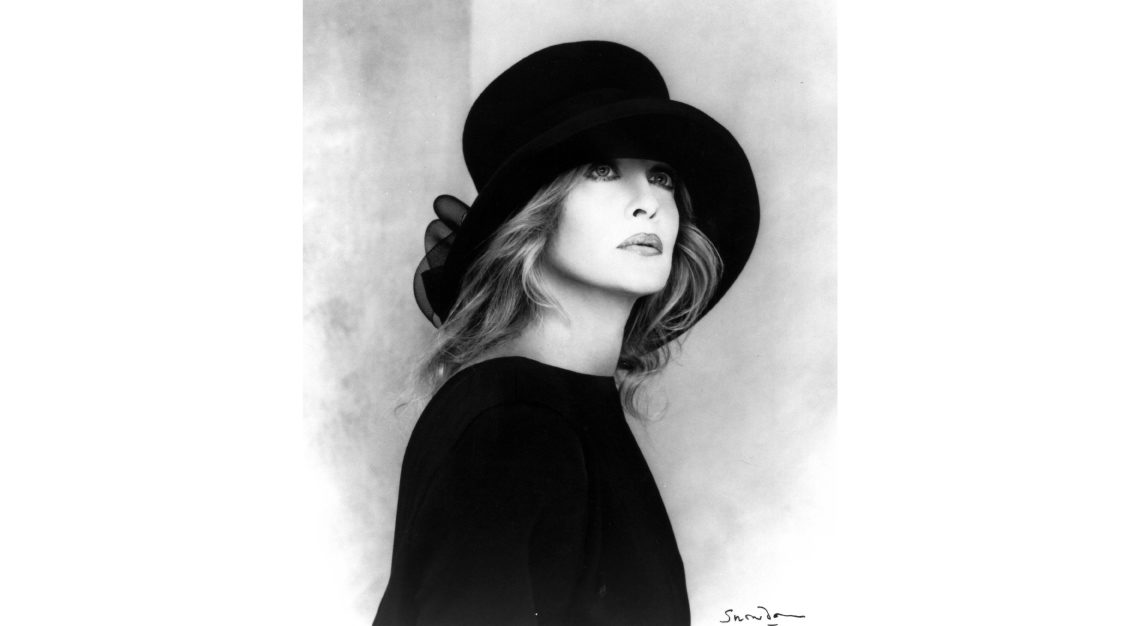
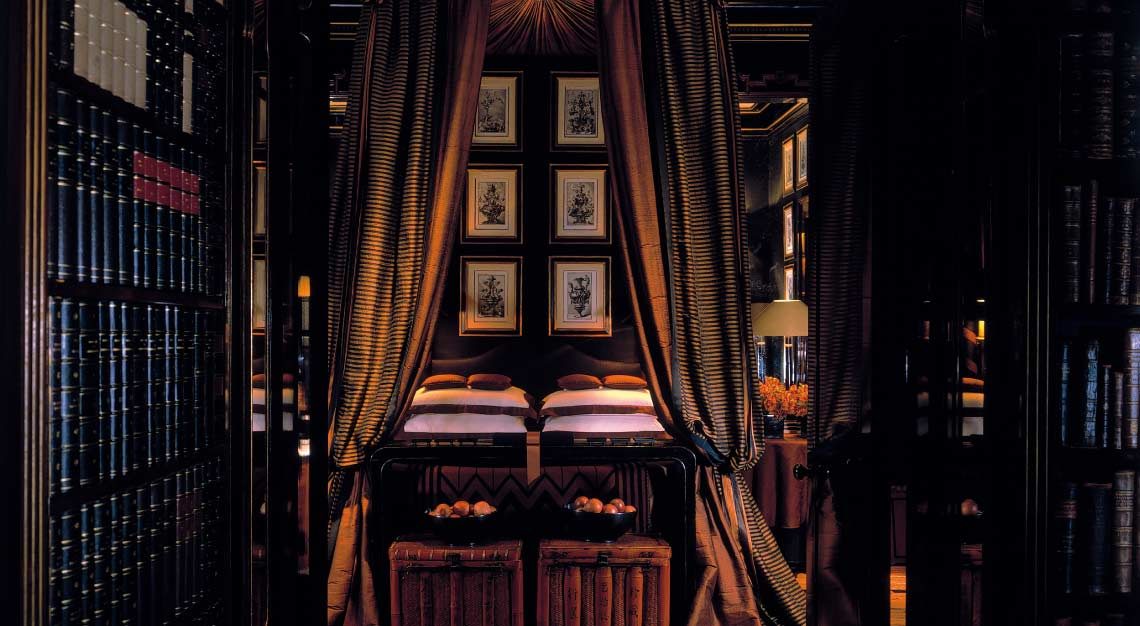
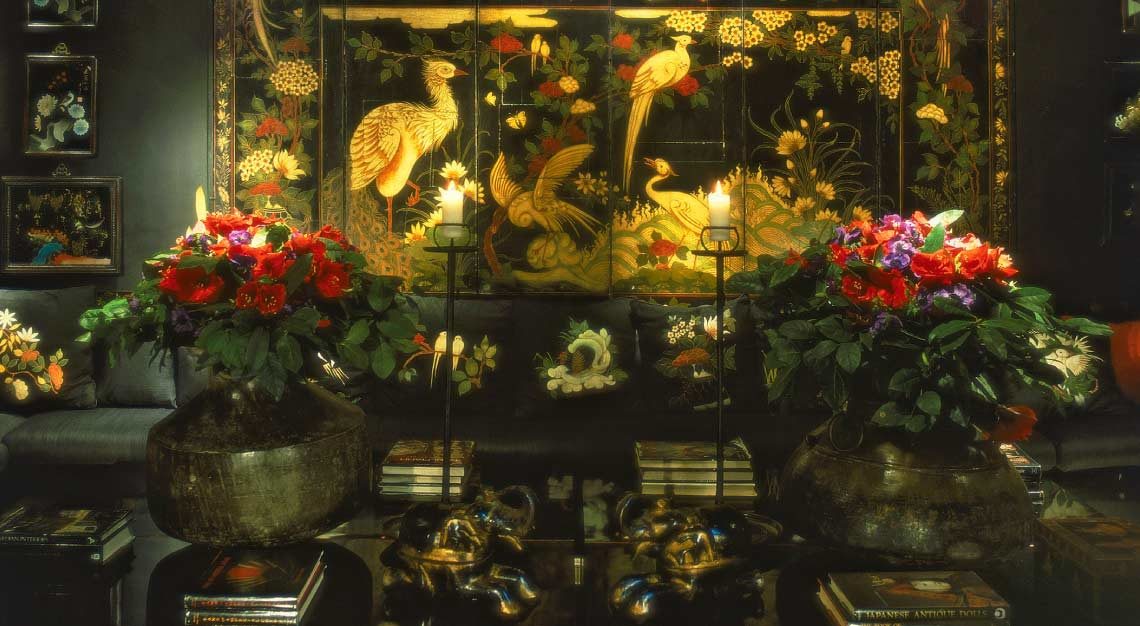
The Trendsetter: Anouska Hempel
She started a trend in luxury boutique hotels in 1978 with the opening of Blakes in London, its eclectic opium-den aesthetic and carefree exuberance proving an immediate success with rock stars and celebrities.
A one-time Bond girl, Anouska Hempel embraced an opulent east-meets-west decor style with gusto, showing a distinctive flair for theatrical drama. Her bold designs are daring and sexy, yet remain romantic, and her passion for travel is evident in her eclecticism.
She has often said her design philosophy comes from her own utopian lifestyle.
Looking back at Blakes Hotel, Hempel attributes its success to the mood she managed to create, “the atmosphere and a quixotic mixture of things placed carefully together to bemuse and amuse the eyes and the senses. And, the fabulous staff of course, who became everyone’s best friends”.
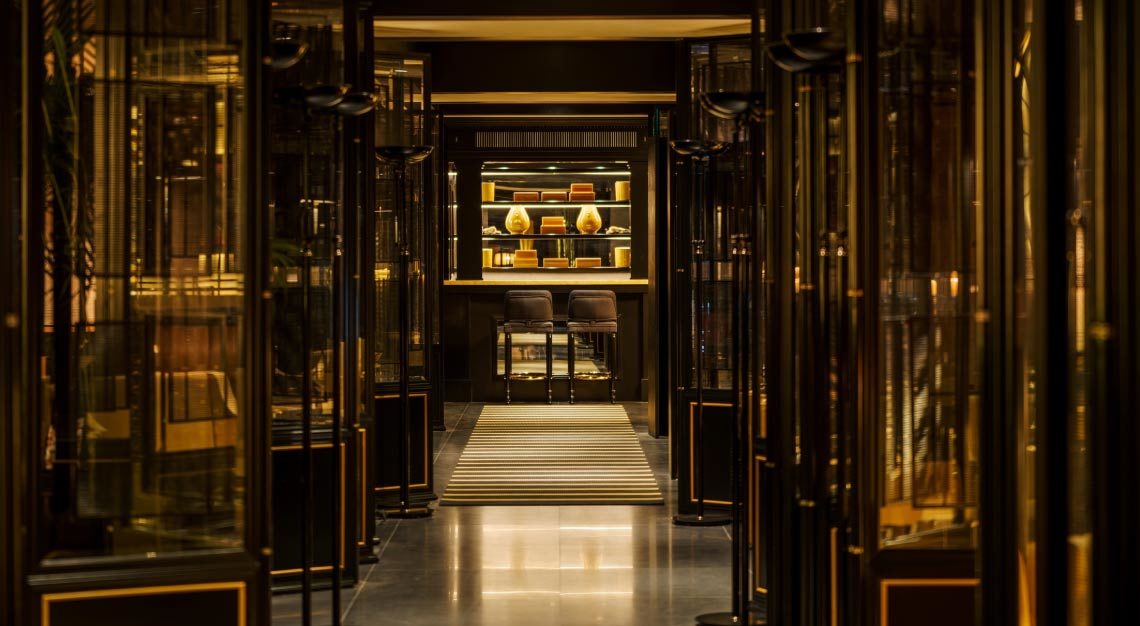
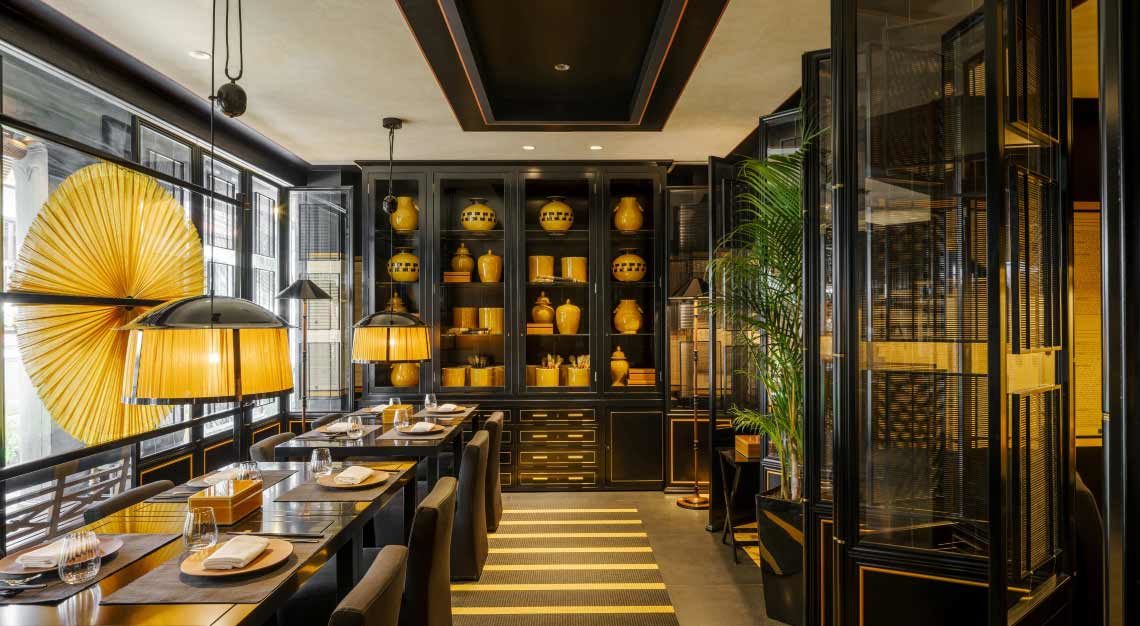
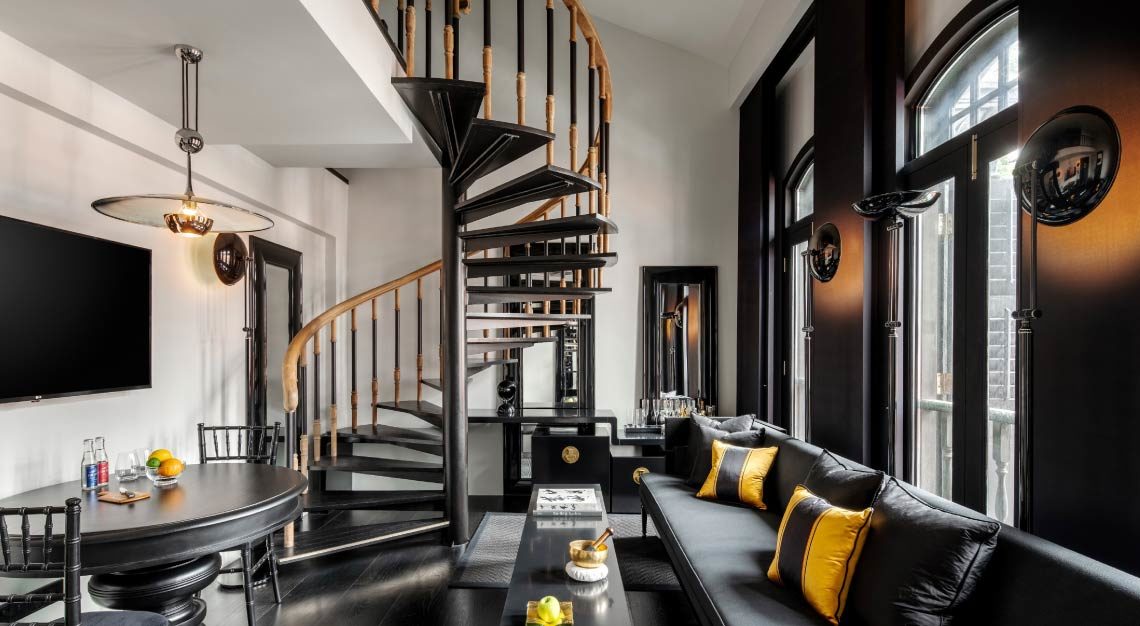
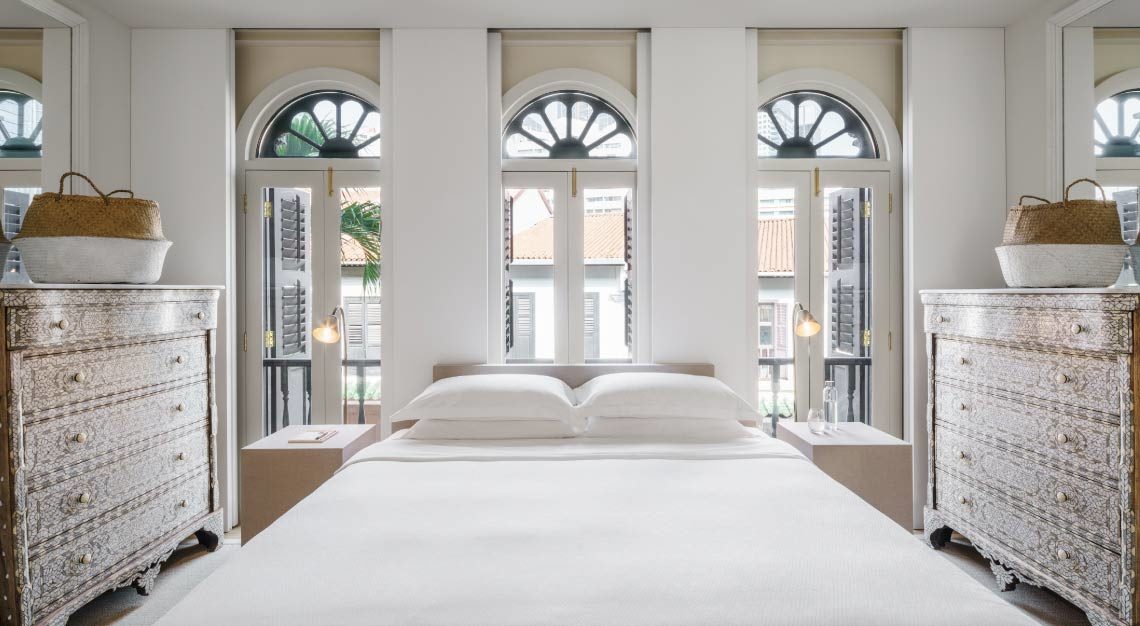
Hempel’s dramatic spaces often rely on strong statement colours (red, green, blue), and in a rare occurrence for a designer, she’s not afraid of using black. “White reveals all very quickly, black takes more time, heightening the drama,” she says, pointing out the best example of this is in Chinese black lacquer, before adding: “Fear and the unknown are synonymous with black: black humour, black dog, black sheep, black cat, black swan, black hole. All of these evoke the same reaction.”
The designer has left her mark on Six Senses Duxton in Singapore, a perfect location for her opulent east-meets-west signature style to run wild.
Her daring strong mix of black, gold and yellow hues is a far cry from Six Senses’ more usual Zen-like, barefoot luxury approach.
In Paris, Hempel recently completed Hôtel Monsieur Georges, a boutique hotel due to open this month.
Staying faithful to her eclectic couture approach, some of the suites are decked out in dark grey velvet with gold accents, while others are in all white or dark greens.
Hempel says she likes to offer a “sense of magic” with her design and she finds it “extremely rewarding to set scenes for extraordinary people to have an equally extraordinary time”.
